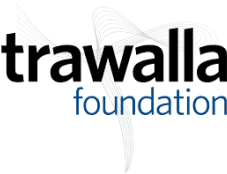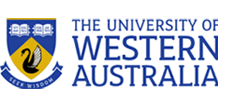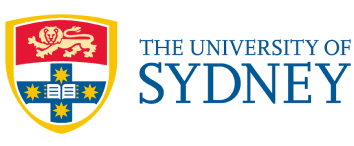Environmental law reforms unlikely to deliver for biodiversity without major strengthening

Image: Beverley Van Praagh
Media Release
30 October 2025
Today Minister Murray Watt introduced a suite of bills to amend the Environmental Protection and Biodiversity Conservation Act (EPBC Act) and establish a new national environmental protection agency (EPA) and environmental information agency (EIA).
The Biodiversity Council warns the Australian Government’s proposed environmental law reforms risk failing to protect nature unless key weaknesses are addressed and loopholes closed.
The independent expert group founded by 11 Australian Universities has reviewed the draft legislation, identifying both promising elements but also many shortcomings that would undermine outcomes for nature, such as major loopholes.
Among the promising elements are national environmental standards, a prohibition on unacceptable impacts, and a net-gain for nature commitment.
However, as currently drafted, a range of weaknesses means that the legislation would fall short of what is needed to halt Australia’s biodiversity crisis.
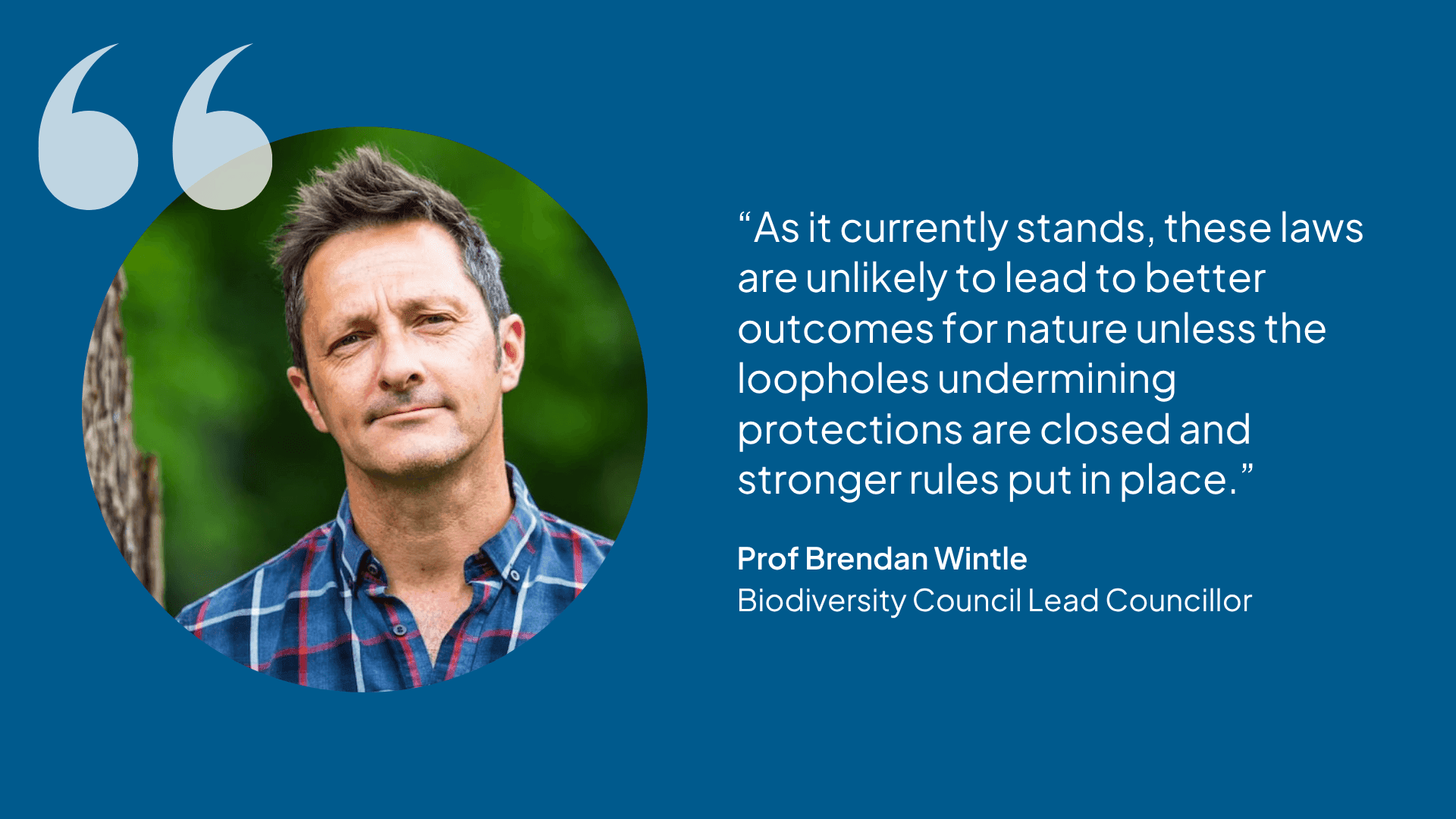
Biodiversity Council Lead Councillor Professor Brendan Wintle from The University of Melbourne said that the draft legislation will not deliver the fair set of evidence-based rules that we need to halt Australia’s catastrophic loss of nationally significant biodiversity.
“Whilst there are some positive signs, such as the proposal for a definition of unacceptable impacts and a head of power for the making of standards, there remain too many loopholes and exemptions that undermine the delivery of outcomes for nature.
“We are really concerned about suggestions the government may remove even these basic protections to try and get these laws passed through the Senate.
“The proposed laws are riddled with weasel words that undermine their intent and could actually make things worse for our endangered animals, plants and ecosystems.
“The government has an historic opportunity to fix Australia’s broken environmental laws, but unless these bills are strengthened, we’ll be left with a shiny new framework that still fails to protect the nature Australians love.”
“As it currently stands, these laws are unlikely to lead to better outcomes for nature unless the loopholes undermining protections are closed and stronger rules put in place.”

Land clearing is a major driver of biodiversity loss in Australia. Image: Nicolas Rakotopare
Some of the Biodiversity Council’s key concerns include:
- The ‘unacceptable impacts’ test is undermined by vague language and undefined thresholds, leaving critical decisions to the Minister’s broad discretionary power.
- The framework for National Environmental Standards (NES) lacks mandatory timelines, binding effect, and clear coverage across all Matters of National Environmental Significance (MNES).
- A sweeping ‘rulings’ power and loosely defined ‘national interest’ exemptions retain the ability for the Minister to bypass safeguards - introducing major loopholes.
- The proposed ‘restoration contributions’ system risks becoming a “pay-to-destroy” model: allowing damage now, payment later, with uncertain ecological outcomes.
- The proposal to add biodiversity offsets into the nature repair market means the market would not deliver net environmental repair benefit - instead, repair projects would be tied to and facilitate destruction elsewhere.
- The reforms fail to embed meaningful Indigenous leadership and knowledge into decision-making, risking continuation of the colonial approach to land and water management.
- Ministerial discretion dominates the proposed legislation, making almost anything legally acceptable ‘subject to ministerial satisfaction’. Ministerial satisfaction must be replaced with objective tests of acceptability in line with Graeme Samuel’s “binding and enforceable National Environmental Standards”.
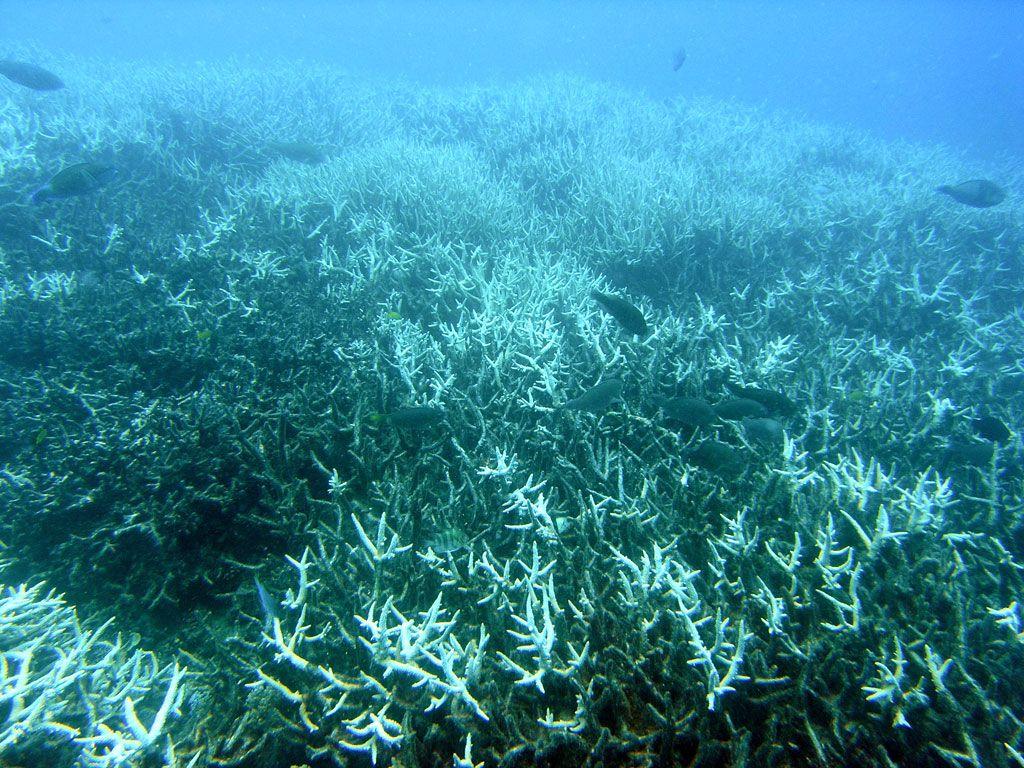
There have been six recorded mass bleaching events on the Great Barrier Reef in the last decade, threatening the survival of marine organisms and economies that depend on a healthy reef. Image: J Roff / Wikimedia Commons CC BY-SA 3.0







